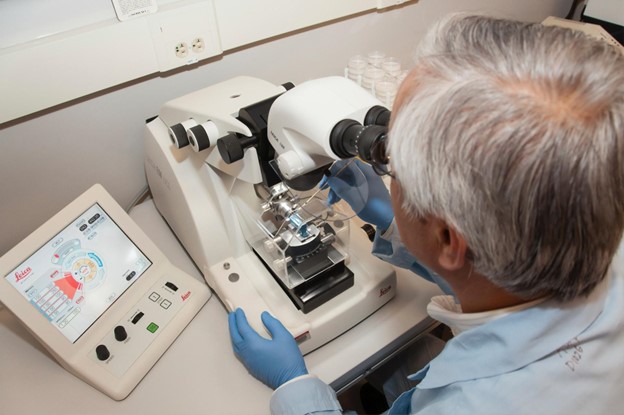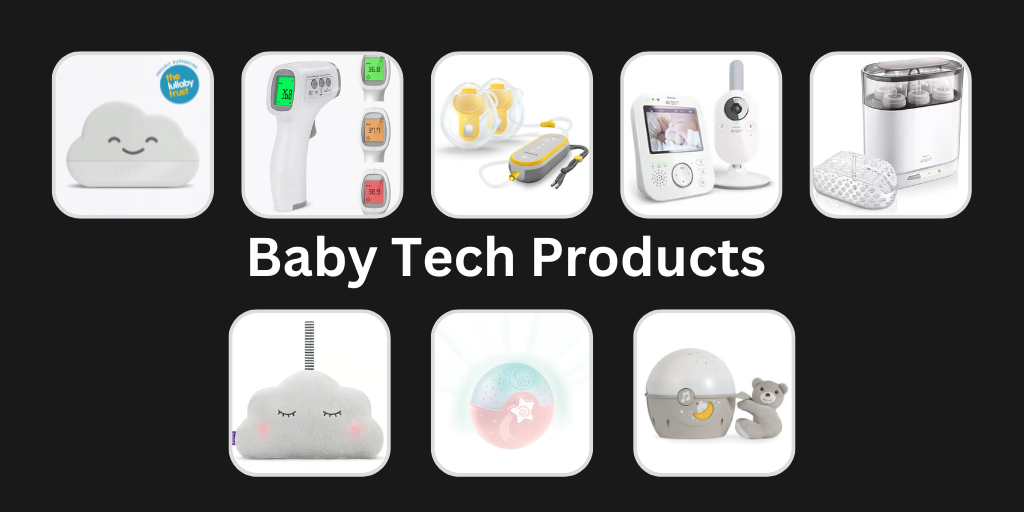
The life sciences sector continues to be a hotbed of innovation, consistently witnessing groundbreaking discoveries and advancements. After experiencing exceptional growth in 2020 and 2021, the U.S. life sciences industry has returned to a more standard pattern of growth in 2023. This environment often stirs the ambitions of individuals who are passionate about making a difference in healthcare and biotechnology, inspiring them to dream of launching their own life sciences ventures.
While this journey can be rewarding, it is also fraught with challenges and uncertainties. To navigate the complex landscape of this industry successfully, aspiring entrepreneurs should consider these five tips for launching a life sciences company.
Identify a Clear Market Need
Every successful life sciences company begins with a strong foundation: a clear understanding of an unmet market need. Before diving into research and development, it is crucial to identify a problem or gap in the current healthcare or biotechnology landscape that your company can address. This need could be related to a specific disease, medical condition, drug development process, diagnostic tool, or medical device.
To identify a clear market need, consider conducting thorough market research and speaking with healthcare professionals, researchers, and potential end-users. Engage in discussions with key opinion leaders in the field and attend industry conferences to stay updated on the latest trends and challenges. By pinpointing a genuine problem that your company can solve, you will lay the groundwork for a viable and impactful venture.
Invest in the Right Tools
Once you’ve pinpointed your market need, it becomes imperative to arm yourself with the necessary tools for achieving success. The acquisition of high-quality laboratory equipment, such as single cell dispensers, becomes paramount. These tools will empower you to conduct experiments with the utmost reliability and yield highly precise results. Furthermore, the utilization of research-grade equipment can significantly enhance the quality of your product or device, thereby bolstering its prospects for success in the market.
Nonetheless, investing in laboratory equipment is more than just purchasing top-tier instruments. It also entails providing comprehensive training to your team to ensure their proficiency in understanding the functionality of each tool and their ability to operate them safely. Additionally, investment in software resources such as data analysis programs or drug design platforms can streamline your workflow processes, enabling you to advance your research more swiftly.
Establishing a life sciences company is not a solitary endeavor. In this industry, attaining success typically hinges on assembling a diverse team boasting a broad spectrum of skills and expertise. To materialize your vision, you’ll require the expertise of scientists, researchers, clinicians, regulatory specialists, business professionals, and more. A multidisciplinary team can provide varying perspectives and contribute invaluable insights across various facets of your company’s operations.
The recruitment of suitable talent is of paramount importance. Seek out individuals who not only excel in their respective fields but also share a fervor for your company’s mission. A unified team united by a common vision can prove instrumental in surmounting challenges, navigating regulatory complexities, and propelling innovation forward.
Navigate Regulatory Challenges
The life sciences industry is highly regulated to ensure the safety and efficacy of medical products and treatments. Navigating these regulatory challenges is a critical aspect of launching a successful life sciences company. The regulatory pathway can be lengthy and complex, requiring a deep understanding of the regulatory framework in your target markets.
To succeed in this area, consider hiring regulatory experts or consultants who can guide you through the process. Establish a clear regulatory strategy early in your company’s development to minimize delays and compliance issues. Engage with regulatory agencies such as the FDA (U.S. Food and Drug Administration) or their international counterparts to seek guidance and ensure your products meet the necessary standards.
Focus on Innovation and Intellectual Property
Innovation is the lifeblood of the life sciences industry, and to stand out in a competitive market, your company must continually strive for innovation and protect your intellectual property. Patents, trademarks, and copyrights are valuable assets that can provide a competitive advantage and help secure your market position.
Invest in a strong intellectual property strategy, including patent applications for novel inventions and processes. Conduct comprehensive patent searches to avoid infringing on existing patents, and be prepared to defend your intellectual property rights if necessary. Additionally, foster a culture of innovation within your company by encouraging research and development initiatives and staying abreast of emerging technologies and scientific advancements.
Bottom Line
Launching a life sciences company is a challenging but rewarding endeavor. By identifying a clear market need, assembling a multidisciplinary team, securing adequate funding, navigating regulatory challenges, and focusing on innovation and intellectual property, you can increase your chances of success in this dynamic and vital industry. While the road ahead may be fraught with obstacles, the potential to make a significant impact on healthcare and biotechnology makes it a journey well worth embarking upon.










